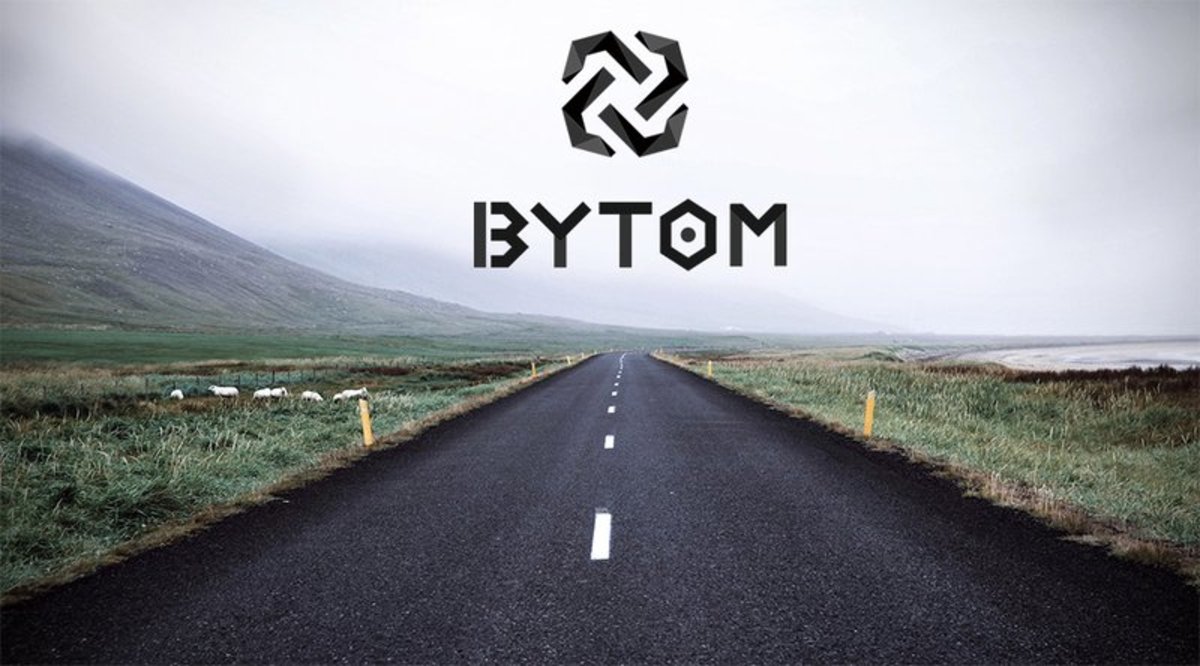
As such, there is a growing need for projects that can connect the worlds of traditional physical assets and cutting-edge digital ones, thus providing the best of both worlds.
A key player in this movement to move real-world assets into the digital world is a project known as Bytom. With an eye on rapid advancements taking place in the world of blockchain technology and artificial intelligence, this nearly 2-year-old project aspires to become the collision point between the old and new school.
Bytom is a blockchain protocol of multiple byte assets that serves as an engine for the exchange and interaction of real-world assets. Its target market includes blockchain industry insiders and enthusiasts, big data and AI industry stakeholders and institutions and individuals seeking to build financial and digital asset applications.
Launched in January 2017, Bytom was conceived by Chang Jia, creator of 8btc, and Duan Xinxing, former vice president of OKCoin. The Bytom Foundation is located in Singapore, a country ripe with favorable laws for blockchain development. This factor plays a key role in the accelerated growth of Bytom’s ecosystem.
Congruent with its broader aims, Bytom seeks to address a number of key compliance issues around linking digital assets with physical assets by aggressively improving and optimizing the underlying technology that drives this process.
The Bytom blockchain consists of three types of asset categories for exchange:
- Income assets,
including nonperforming assets, fixed local government investments and
homestay properties - Equity
assets, which encompass equity of nonlisted companies and equity of
private funds - Securitized assets like debts and
automobile loans
The Bytom protocol allows these assets to be tradable on-chain, while eliminating middlemen who are traditionally involved in asset transfers and recordkeeping. This has led to faster transactions and lower costs. Moreover, the blockchain allows for greater security for these assets than would be achieved if they were with a third-party organization.
Users have the ability to create asset-backed securities on the Bytom blockchain through the use of smart contracts, allowing them to register and tokenize their assets. The platform can also be utilized for fundraising or initial coin offering (ICO) campaigns.
The Bytom Blockchain and Token
The Bytom blockchain protocol is an interactive protocol of multiple byte assets. Its native token, known as “BTM,” is used as a transaction fee for asset trading, income asset dividends and for asset issuance deposits. These coins can be stored in Bytom’s official wallet, which is available for download on Windows, Linux and macOS.
With the maximum number of Bytom tokens set at 2.1 billion, over 1 billion BTM coins are already in circulation. These coins can be purchased with other cryptocurrencies on several exchanges, such as RightBTC, Huobi, OKEx, KuCoin and Bibox.
Bytom finished its token sale in June, 2017. Thirty percent of the total supply was distributed during the ICO, with another 20 percent reserved for the Bytom Foundation. Ten percent was set aside for business development, 7 percent for private equity investors and 33 percent for mining efforts.
Strategic Milestones and the Path Forward
The Bytom mainnet was officially launched on April 24, 2018. In June of 2018, a token swap of ERC-20 Bytom tokens for the native Bytom coins took place across several exchanges. Bytom then released its smart contract functionality in late June.
Amid this flurry of progress, a partnership was formed with East Lake Big Data Asset Exchange, an organization involved in delivering big data solutions for Chinese government agencies. East Lake is collaborating with Bytom to bring new innovations to blockchain platforms and data assets trading.
And, in a practical use case, Bytom facilitated the world’s first cargo shipment with BTM as online payment in conjunction with
SeaRates, the oldest resource dedicated to online logistics. By way of this collaborative endeavor, a shipment from China to South Korea was successfully executed through the use of BTM.
SeaRates now utilizes Bytom to execute transactions with precision and efficiency. As a result, BTM has the distinction of being the only cryptocurrency supported by SeaRates for online payments tied to logistics and international trade.
“The launch of Bytom comes from a real need in the community,” said CEO Duan Xinxing. “8btc was one of the earliest cryptocurrency and blockchain communities and forums. Many early writers and audiences of 8btc have become pioneers and leaders in this industry now. But despite having developed various successful public chains, alliance chains and private chains, they encountered the same problem, that is, assets and interests can only be operated on separate chains and cannot interact with each other, let alone interact with traditional assets in the real world.”
Xinxing added that, in order to realize the interaction between different digital assets in the atomic byte worlds, Chang Jia and he decided to launch Bytom.
“First, we want to optimize the underlying technology, in order to ensure a more stable operation of Bytom’s mainnet,” he said. “Second, we’re aiming to create a better support mechanism for developers through a more convenient smart contract and programming language support. Finally, our hope is to expand the developer community and the business cooperation community.”
Note: Trading and investing in digital assets is speculative and can be high risk. Based on the shifting business and regulatory environment of such a new industry, this content should not be considered investment or legal advice.










